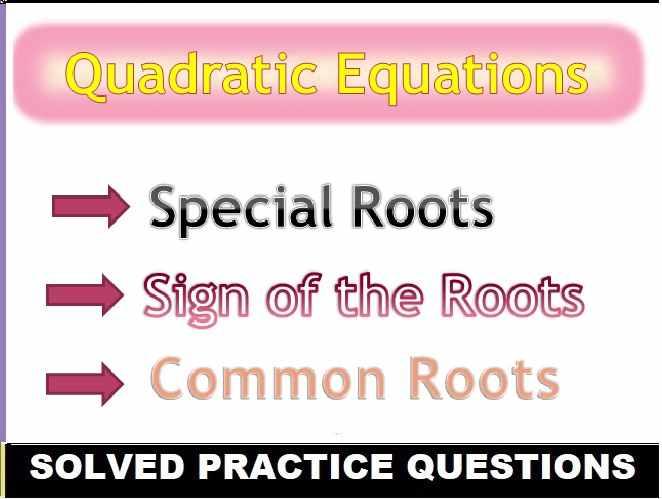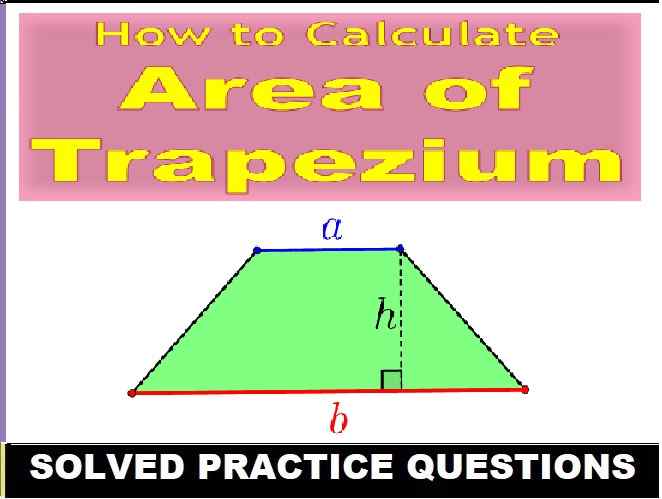ISC Legal Studies Semester-2 Solved Specimen / Model / Sample Paper 2022 Class-12 for practice. Step by step solutions of ISC Class-12 specimen model sample paper. During solutions of semester-2 Legal Studies specimen paper we explain with figure , graph, table whenever necessary so that student can achieve their goal in next upcoming exam of council .
ISC Legal Studies Semester-2 Solved Specimen / Model / Sample Paper 2022 Class-12
| Board | ISC |
| Class | 12th (XII) |
| Subject | Legal Studies |
| Topic | Semester-2 ISC Specimen Paper Solved |
| Syllabus | on bifurcated syllabus (after reduction) |
| session | 2021-22 |
| Question Type | Descriptive Type (as prescribe by council) |
| Total question | Total-11 with all parts (Sec A, B and C) |
| Max mark | 35 |
Internal choices have been provided in one question in Section B and one question in Section C.
Warning :- before viewing solution view Question Paper
Solved Class-12 for practice Set of Legal Studies Semester-2 ISC Specimen Model Sample Paper
SECTION A – 7 MARKS
Question 1:
(i) As per Section 118 of Transfer of Property Act, when two persons mutually transfer the ownership of one thing for the ownership of another, neither thing or both things being money only, the transaction is called _________.
Answer: Exchange
(ii) Article ______ of the Constitution of India provides free legal aid to the poor and weaker sections of the society.
Answer: Article 39A
(iii) Identify the legal maxim which states ‘where there is a wrong, there is a remedy.’
Answer: The word “remedium” means that the person has the right of action in the court of law. The literal meaning of the maxim is where there is a wrong there is a remedy.
(iv) Give meaning of the legal maxim – Injuria Sine Damnum.
Answer: Injuria sine damnum means injury of legal rights without damage. It basically states that infringement of an absolute private right without any actual loss or damage.
(v) Name any two documents to be shown to traffic police while driving a vehicle on the road.
Answer:
- Registration certificate (RC) of your car.
- Pollution Under Control (PUC) certificate of your car.
- Car insurance policy document with at least third party insurance coverage.
- Driving license of the driver.
(vi) Which one of the following statements is correct regarding FIR?
(a) A victim, his/her relative, a witness and anyone with knowledge of a crime may file an FIR.
(b) An FIR can only be made orally.
(c) An FIR can only be filed at a Police Station having jurisdiction.
(d) An FIR need not be signed when given orally.
Answer: (a) A victim, his/her relative, a witness and anyone with knowledge of a crime may file an FIR.
(vii) Which one of the following statements is correct regarding Arrest of an individual?
(a) If submission to custody is indicated through words or action, handcuffing is not a requirement for arrest.
(b) A police officer, a magistrate and a private person have the same power to arrest.
(c) A person may be arrested only after a warrant is issued by a magistrate.
(d) A woman cannot be arrested between sunrise and sunset, unless prior permission is taken from the magistrate.
Answer: (c) A person may be arrested only after a warrant is issued by a magistrate.
SECTION B – 12 MARKS
Answer the following questions briefly.
Question 2:
Give any two differences between cognizable and non-cognizable offenses.
Answer:
- In cognizable, the police can arrest a person without any warrant. While, in case of non-cognizable offence, a warrant must needed for arrest of person.
- Cognizable encompasses murder, rape, theft, kidnapping, counterfeiting, etc. On the contrary, non-cognizable offences include offences like forgery, cheating, assault, defamation and so forth.
Question 3:
(i) What is the procedure of remand under Section 167 of Criminal Procedure Code?
OR
(ii) What provisions are available to the aggrieved person if the police refuse to file an FIR?
Answer: (i) 167(2) states that the Magistrate shall have the authority to remand an accused to judicial custody for a period not exceeding 60 days for offences that are not punishable with death, life imprisonment or imprisonment up to 10 years and not exceeding 90 days for offences that are punishable with death, life imprisonment or imprisonment exceeding 10 years and on expiry of the period of 60 days or 90 days as the case may be, the accused person shall be released on bail under this sub-section
Question 4:
State any two limitations of Lokpal and Lokayukta Act, 2013.
Answer:
- The Lokpal does not have any constitutional backing. Also, there are no adequate provisions for appeal against the actions of Lokpal. The states have complete discretion with respect to the specific details in relation to the appointment of Lokayukta. The need for functional independence of the CBI has been catered to some extent, by the change brought forth in the selection process of CBI’s Director, by the Lokpal and Lokayukta Act.
- The Lokpal and Lokayukta Act also mandates that no complaint against corruption can be registered after a period of seven years from the date on which the mentioned offense is alleged to have been committed.
Question 5: (ISC Legal Studies Semester-2 )
State any four features of a Negotiable Instrument.
Answer:
Writing and Signature: Negotiable Instruments must be written and signed by the parties according to the rules relating to Promissory Notes, Bills of Exchange and Cheques.
Title: The transferee of a negotiable instrument, when he fulfils certain conditions, is called the holder in due course. The holder in due course gets a good title to the instrument even in cases where the title of the transferrer is defective.
Notice: It is not necessary to give notice of transfer of a negotiable instrument to the party liable to pay. The transferee can sue in his own name.
Money: Negotiable instruments are payable by legal tender money of India. The liabilities of the parties of Negotiable Instruments are fixed and determined in terms of legal tender money.
Question 6:
Give two differences between Direct Tax and Indirect Tax.
Answer: Direct tax is levied and paid for by individuals, Hindu undivided Families (HUF), firms, companies etc. whereas indirect tax is ultimately paid for by the end-consumer of goods and services. The burden of tax cannot be shifted in case of direct taxes while burden can be shifted for indirect taxes.
Question 7:
Is a mango tree movable or an immovable property? Give a reason for your answer.
Answer: If mango trees are cut and sold for timber then it is considered as movable property. In the case of immovable property, which is attached to the earth and cannot be moved. Example: buildings, trees, etc but if mango trees are sold for nourishment purposes and fruits then it is considered immovable property.
SECTION C – 16 MARKS
Question 8:
Outline and discuss the steps in the proceedings of a Criminal Trial.
Answer: Update soon
Question 9: (ISC Legal Studies Semester-2 )
(i) State and explain the liabilities of a buyer.
OR
(ii) State and explain any four rights of a Mortgagor.
Answer: (i) (a) Where the buyer is aware of the seller’s interest in the property of which the seller himself is not aware, then the buyer must disclose it to the seller.
(b) To pay or tender the purchase price, to the seller or his authorized agent, at the time and place of completing the sale.
(c) To bear any loss arising from the destruction, injury or decrease in value of the property after ownership of the property has passed to the buyer and such destruction / injury is not caused by the seller.
(ii) Every mortgage-deed leaves a right to the mortgagor and a corresponding liability for mortgagee and vice versa. Following are the rights given to a mortgagor given by the Transfer of Property Act, 1882:
(a) Right to Redemption (section-60): It is one of the most important rights of a mortgagor given under section of the Act. This right puts an end to mortgage by returning the property of mortgagor.
(b) Right to transfer mortgaged property to a third party instead of retransferring: This right was added in the Act by Amendment Act of 1929. This right provides the mortgagor with authority to ask the mortgagee to assign the mortgage debt and transfer the property to a third person directed by him.
(c) Right to inspection and production of documents: This section is also inserted by the Amendment Act of 1929. It is the right of mortgagor to ask mortgagee for the production of copies of documents of the mortgaged property in his possession for inspection on notice of reasonable time.
(d) Right to Accession: Basically, accession means any addition to property. According to this right mortgagor is entitled to such accession to his property which is in the custody of mortgagee.
(e) Right to Improvements: According to this right if the mortgaged property has been improved while it was in possession of mortgagee, then on redemption and in the absence of any contract to the contrary mortgagor is entitled to such improvement.
Question 10:
Ajay and Vijay had a dispute over a piece of land. Ajay filed his plaint before a court which returned it for lack of jurisdiction. Before Ajay could file another plaint in the court which had competent jurisdiction to try the suit, Vijay who had possession of the land, executed a gift deed of the disputed land in favour of his wife and son.
(i) Will the doctrine of Lis Pendens apply here? Explain the doctrine of Lis Pendens.
(ii) What is the meaning of Gift? Explain with the help of an example.
Answer: Update soon
Question 11: (ISC Legal Studies Semester-2 )
Kumari Kondh, a tribal, came to the city to earn a living. She began to work as a labourer and earned only few thousand rupees annually. She participated in a protest in the city where she was arrested and accused of murder. Since she had no money to defend herself, she approached Para Legal Volunteers for help.
(i) Identify three criteria to avail free legal aid with reference to the case given above.
(ii) Who are Para Legal Volunteers?
Answer: Update soon
Return to:- Specimen Paper Semester-2 ISC 2022 Class-12 Descriptive Type
thanks
Please share with your ICSE friends


